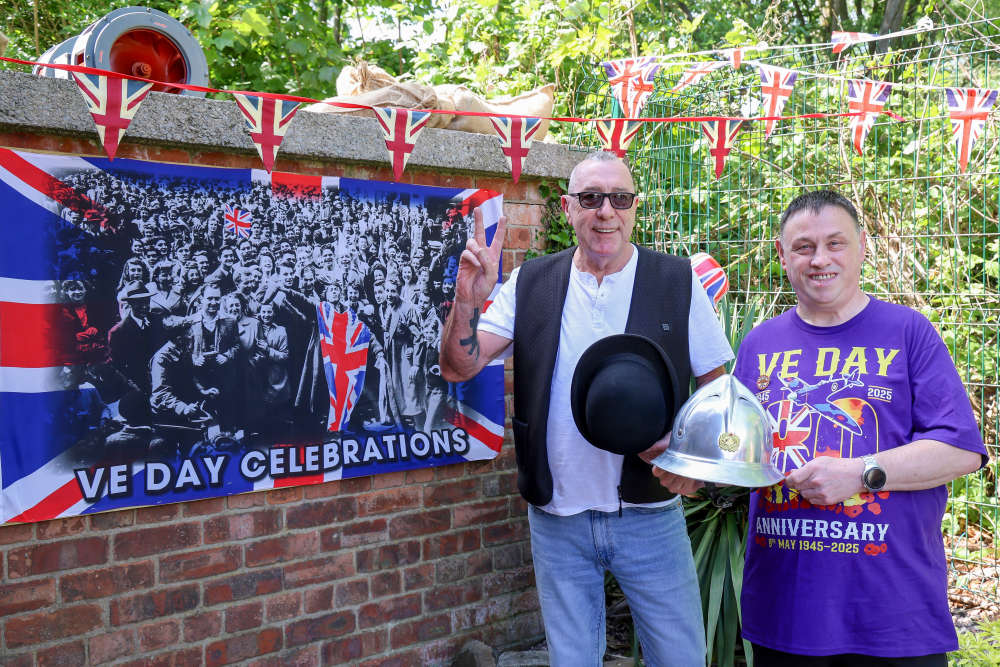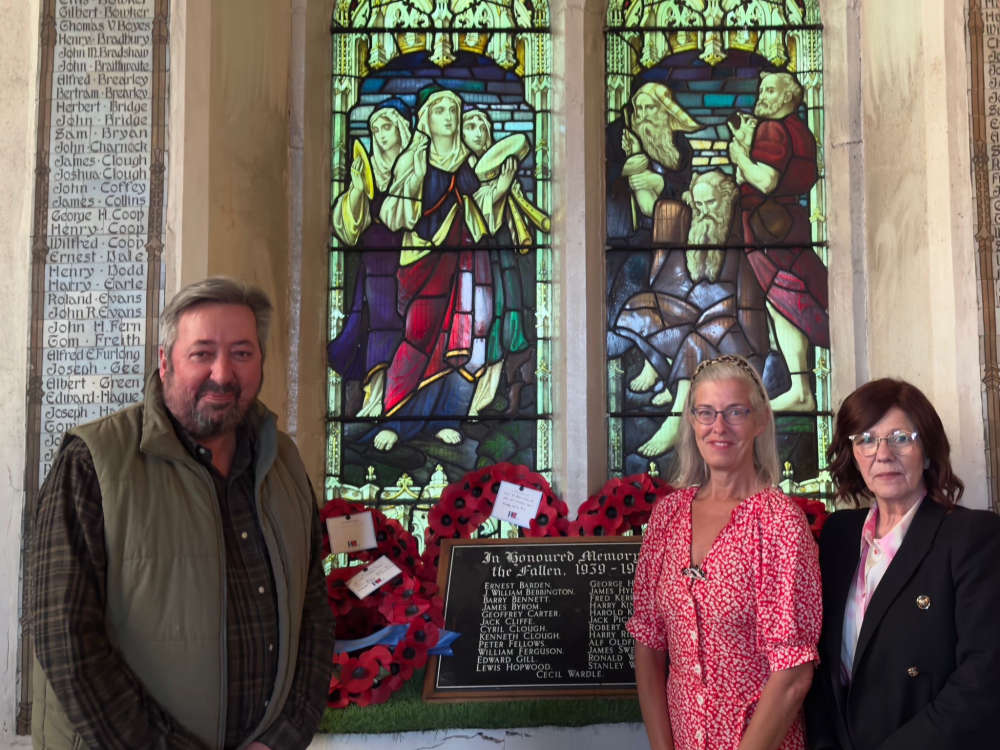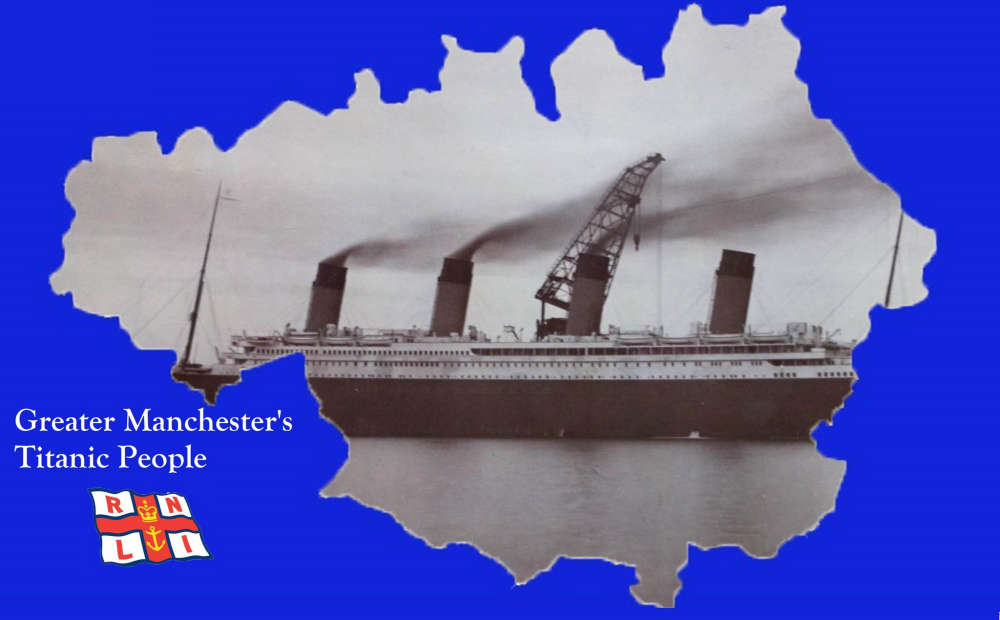
Covid-19 infection rates have sunk further across Greater Manchester ahead of the lifting of pandemic measures.
A total of 7,612 people tested positive for coronavirus across Greater Manchester in the week which ended on February 16.
In the region as a whole, the infection rate is now 268.4 cases per 100,000 people, which is significantly lower than the England average rate of 456.5.
Meanwhile a total of 41 people died within 28 days of a positive Covid test across Greater Manchester, which is 23 fewer than the week before.
All pandemic rules are expected to be imminently revoked by Prime Minister Boris Johnson under long terms plans for how the country will live with the virus going forward.
But he said they are ‘certainly not asking people to throw caution to the wind’, adding Covid-19 remains a ‘dangerous disease’.
Elderly and vulnerable people will be offered another booster jab by the government, following recommendations from the Joint Committee on Vaccination and Immunisation (JCVI).
However the move to end self-isolation requirements for positive Covid cases has been criticised by experts.
Local coronavirus ‘hotspots’ and ‘notspots’ can be revealed via an interactive map charting the number of positive Covid-19 test results in each neighbourhood across the country using government data.
It shows the number of infections per local area, broken down into neighbourhoods containing roughly 7,000 people.
The number of new cases is then used to calculate the infection rate per 100,000 people.
According to the latest local data, the top ten local infection hotspots for the virus are spread across Manchester, Trafford , Wigan, Oldham and Stockport.
In the week to February 15 the latest hyperlocal data shows the biggest hotspot was Withington West in Manchester.
It recorded an infection rate of 662.2, with 44 new incidences of the virus, a slight drop of nine cases.
In second place is Sale North, in Trafford, where there were 52 cases and the rate was 605.3.
The Wigan neighbourhood of Standish North follows with a rate of 586.9, and 36 cases of Covid-19 being recorded.
New Delph, Dobcross and Austerlands, in Oldham, is in fourth place with 37 new cases and a local infection rate of 578.7 per 100,000 people.
This was a rare increase of 25 cases from the week before.
Next is Bramhall North East in Stockport, where the 38 weekly cases led to a rate of 575.2.
Neighbouring Bramhall North West, also in Stockport, is in sixth place with 34 new cases of Covid-19, totalling an infection rate of 570.1.
Cheadle Hulme West in Stockport had a rate of 561.2 in the week to February 15, with 32 people testing positive for coronavirus.
In eighth place is the Manchester neighbourhood of City Centre North and Collyhurst, where 38 cases of the virus were recorded.
This works out as a local infection rate of 507.1 per 100,000 people.
Reddish Vale View, in Stockport, is next with 36 cases, equalling a rate of 506.7.
Finally Ashton upon Mersey South, in Trafford, is in tenth place with 41 cases and a local infection rate of 505.
At the other end of the scale, the Wigan neighbourhood of Leigh East and Higher Folds has the lowest infection rate in the region, standing at just 57 per 100,000 people, with only five new cases.
This was a drop of 23 cases from the previous seven day period.
It is followed by Ainsworth and Bradley Fold, in Bury, also with five cases and a rate of 84.9.
In third place is the Manchester neighbourhood of Strangeways, where nine people tested positive in the week to February 15.
This equals a rate of 94.7 per 100,000 people.
Rumworth North in Bolton is next with nine new cases and a rate of 102.1.
In fifth place is New Moston in Manchester.
The 11 cases recorded there convert to an infection rate of 114.1.
Levenshulme North, also in Manchester follows with a rate of 116.6 and 17 new cases of Covid-19.
This was a drop of 30 cases from the previous week.
Newton Heath in Manchester, is in seventh place with a local rate of 120.8, and 11 cases recorded in the week to February 15.
Oldham Town South in Oldham also makes it into the top ten areas with the lowest infection rates with a rate of 123.5 and 11 new cases.
This was a drop of 28 cases from the previous seven day period.
Breightmet South and Darcy Lever, in Bolton, is in ninth place with 12 incidences of the virus, resulting in an infection rate of 124.1.
Finally Heywood Heap Bridge and Darnhill in Rochdale is in tenth place with a rate of 132.8 from 12 new cases.


 VE Day celebrations and Willow Wood fundraiser
VE Day celebrations and Willow Wood fundraiser
 Rail Network Launches Fundraising Partnership with RNLI
Rail Network Launches Fundraising Partnership with RNLI
 St. James' VE80 Celebration and Remembrance Service
St. James' VE80 Celebration and Remembrance Service
 RNLI Hyde - Greater Manchester’s People of the Titanic
RNLI Hyde - Greater Manchester’s People of the Titanic

